 It’s good to have some go to things in life. When it comes to wine there are some producers that I look to for a variety of reasons. Sometimes it’s simply quality. Other times it’s value and availability. Valentin Bianchi from Argentina scores for me on all three counts and then some. They have several tiers of wine, all of which are interesting and fairly priced for what they provide. And their wines are available across the country in a wide variety of retailers. Today I’m going to look at three wines I enjoyed in their lowest priced tier. The Elsa wines are named after the wife of their founder, who is also the Grandmother of the current owners. The vineyards surround the house she lived in.
First up is the Valentin Bianchi 2008 Elsa Chardonnay. This selection is produced using estate fruit from San Rafael Mendoza vineyards. In addition to Chardonnay (90%), Semillon (10%) is also blended in. During fermentation in stainless steel, French oak staves were used to add complexity. 2,000 cases of this wine were imported and the suggested retail price is $8.99.
It’s good to have some go to things in life. When it comes to wine there are some producers that I look to for a variety of reasons. Sometimes it’s simply quality. Other times it’s value and availability. Valentin Bianchi from Argentina scores for me on all three counts and then some. They have several tiers of wine, all of which are interesting and fairly priced for what they provide. And their wines are available across the country in a wide variety of retailers. Today I’m going to look at three wines I enjoyed in their lowest priced tier. The Elsa wines are named after the wife of their founder, who is also the Grandmother of the current owners. The vineyards surround the house she lived in.
First up is the Valentin Bianchi 2008 Elsa Chardonnay. This selection is produced using estate fruit from San Rafael Mendoza vineyards. In addition to Chardonnay (90%), Semillon (10%) is also blended in. During fermentation in stainless steel, French oak staves were used to add complexity. 2,000 cases of this wine were imported and the suggested retail price is $8.99.
Pineapple, Meyer lemon and white peach aromas burst forth from the evocative nose of this Chardonnay. Mango, guava and lots of golden delicious apple notes are all part of the fresh and appealing palate. Apple pie crust, lemon custard, vanilla and speckles of white pepper make up the medium length finish of this Chardonnay. Good acidity balances things out.
What I like about this Chardonnay is that it puts its best fruit forward. This is a fresh, lively wine meant to enjoy in its youth. While the small amount of oak used added some complexity it doesn’t detract from what is a very fruit driven offering.
The second wine is the Valentin Bianchi 2008 Elsa Malbec. Fruit for this offering was sourced at the same Estate vineyard in Mendoza as the Chardonnay. This selection is 100% Malbec. This wine saw minimal oak aging. 15,000 cases of this wine were imported and the suggested retail price is $8.99.
Plum, blueberry, vanilla and floral notes are all part of the slightly jam influenced nose of this Malbec. The palate also shows some jam fruit characteristics with red and black berry fruit intertwining. Black raspberry, blackberry and strawberry are of particular note. A layer of vanilla underpins these along with touches of orange peel. Kalamata olive, touches of smoke, and white pepper highlight the medium length finish. This Malbec has sufficient acidity.
Giving this wine 30 minutes of air really helps it open up and allows its flavors to pop. I like the consistency this wine has shown from vintage to vintage. This is a great starter Malbec and an affordable one for everyday drinking.
 The last wine today is the Valentin Bianchi 2008 Elsa Cabernet Sauvignon. Fruit for this wine was also sourced at the Family’s original home vineyards. This selection is 100% Cabernet Sauvignon. This wine had minimal oak aging. 10,000 cases of this 2008 vintage were imported and the suggested retail price is $8.99.
The last wine today is the Valentin Bianchi 2008 Elsa Cabernet Sauvignon. Fruit for this wine was also sourced at the Family’s original home vineyards. This selection is 100% Cabernet Sauvignon. This wine had minimal oak aging. 10,000 cases of this 2008 vintage were imported and the suggested retail price is $8.99.
Black fruit such as raspberry, blackberry and blueberry lead the nose of this wine along with hints of vanilla and cedar. Dark, juicy berry fruit tells the story of this wines mid-palate. Black pepper and additional vanilla emerges on the finish. This wine has nice structure and good acidity.
This 2008 Cabernet Sauvignon drinks well off the bat. That said, an hour of air really exposes all of its charms. This is a fruity, fresh Cabernet meant to be drunk in it’s youth. It’ll pair well with a burger and drinks nicely on its own too.
All three of these Elsa wines represent good values. While the suggested retail price is $8.99 you can certainly find them for less if you shop around. Each of these is a solid contender for everyday drinking. They’re also good bets to pick up a case of so you always have something affordable and dependable on hand.

 Washington State is probably best known for Syrah. Many of those come from Walla Walla. Columbia Valley however emerged on the national scene first and there are quite a few varietals that thrive there. Merlot, Riesling and Cabernet Sauvignon are the first that come to mind. Today I'll look at a Riesling from the Wahluke Wine Company.
The 2oo8
Washington State is probably best known for Syrah. Many of those come from Walla Walla. Columbia Valley however emerged on the national scene first and there are quite a few varietals that thrive there. Merlot, Riesling and Cabernet Sauvignon are the first that come to mind. Today I'll look at a Riesling from the Wahluke Wine Company.
The 2oo8  New Zealand and Pinot Noir are starting to become synonymous to wine lovers. That’s a good thing because there are a lot of lovely examples coming out of this country. For a long time their Pinot’s were second to their Sauvignon Blancs on our store shelves and in our minds. And while Sauvignon Blanc from New Zealand is still certainly a major player, the varietal itself (delicious as it can be) doesn’t inspire quite the same sort of passion that Pinot Noir does. Today I’ll look at an example from
New Zealand and Pinot Noir are starting to become synonymous to wine lovers. That’s a good thing because there are a lot of lovely examples coming out of this country. For a long time their Pinot’s were second to their Sauvignon Blancs on our store shelves and in our minds. And while Sauvignon Blanc from New Zealand is still certainly a major player, the varietal itself (delicious as it can be) doesn’t inspire quite the same sort of passion that Pinot Noir does. Today I’ll look at an example from  I stood outside of Cipriani on Wall Street waiting for my party companion. They had set up a tent in front of the entrance lined with tables, and women sitting about 3 feet from each other with lists of guests in alphabetical order.
I stood outside of Cipriani on Wall Street waiting for my party companion. They had set up a tent in front of the entrance lined with tables, and women sitting about 3 feet from each other with lists of guests in alphabetical order. A lot of people I know drink New World Cabernet Sauvignon and Merlot with great regularity. When it comes to Old World examples many friends I know seem a bit timid. There is definitely a perception out there that French and Italian wines specifically are very expensive. And while there are certainly lots of well regarded and highly priced wines out there, both countries features many excellent wines that are affordable to wide audiences for everyday drinking. Today I’ll look at such a wine from Bordeaux.
The Château Larose-Trintaudon Haut-Médoc 2004 is a blend of Cabernet Sauvignon (60%) and Merlot (40%). Barrel aging occurred in 100% French oak. The suggested retail price for this wine is $17.95
A lot of people I know drink New World Cabernet Sauvignon and Merlot with great regularity. When it comes to Old World examples many friends I know seem a bit timid. There is definitely a perception out there that French and Italian wines specifically are very expensive. And while there are certainly lots of well regarded and highly priced wines out there, both countries features many excellent wines that are affordable to wide audiences for everyday drinking. Today I’ll look at such a wine from Bordeaux.
The Château Larose-Trintaudon Haut-Médoc 2004 is a blend of Cabernet Sauvignon (60%) and Merlot (40%). Barrel aging occurred in 100% French oak. The suggested retail price for this wine is $17.95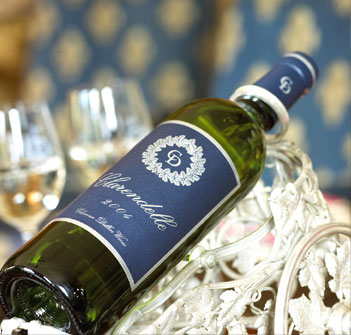 Wines from Europe are often intimidating to the average US consumer. Sometimes it’s due to perceived cost concerns, other times it’s due to confusion over labeling. The truth is that there are a lot of great wines from all over Europe that are very reasonably priced and offer similar quality to price ratios as new world counterparts do. Today I’m going to look at a white wine from the Bordeaux region of France.
This 2006
Wines from Europe are often intimidating to the average US consumer. Sometimes it’s due to perceived cost concerns, other times it’s due to confusion over labeling. The truth is that there are a lot of great wines from all over Europe that are very reasonably priced and offer similar quality to price ratios as new world counterparts do. Today I’m going to look at a white wine from the Bordeaux region of France.
This 2006 
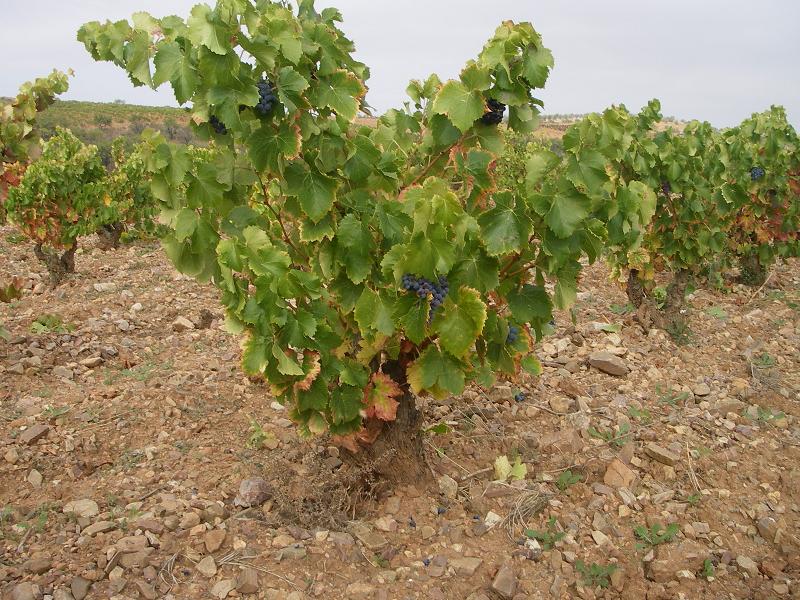
 In 2007, in addition to increasing the Rodney Strong portfolio of wines under their Estate name, proprietor Tom Klein added longtime Sonoma County Winery
In 2007, in addition to increasing the Rodney Strong portfolio of wines under their Estate name, proprietor Tom Klein added longtime Sonoma County Winery 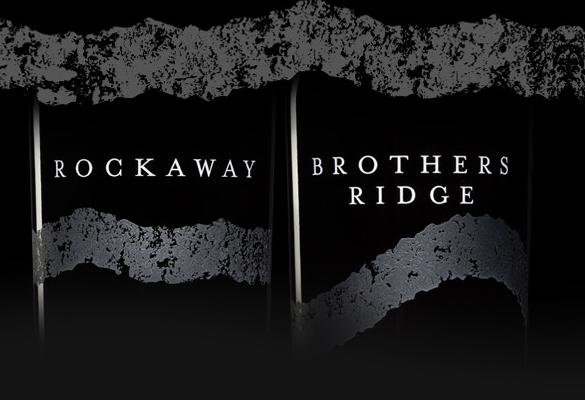 Last year
Last year  Sonoma County’s
Sonoma County’s  Some areas of the wine world bring certain varietals to mind immediately. When it comes to Alsace there is more than one that springs to mind instantly. Riesling, Gewürztraminer and Pinot Gris are the first three I think of. Thankfully, it seems that more quality examples of these varietals from several regions of the world, Alsace included, are landing on US shelves every year. Six generations of the Helfrich family have been making wines in Alsace. Today I’ll take a look at a couple of current releases from
Some areas of the wine world bring certain varietals to mind immediately. When it comes to Alsace there is more than one that springs to mind instantly. Riesling, Gewürztraminer and Pinot Gris are the first three I think of. Thankfully, it seems that more quality examples of these varietals from several regions of the world, Alsace included, are landing on US shelves every year. Six generations of the Helfrich family have been making wines in Alsace. Today I’ll take a look at a couple of current releases from  While discovering new wineries is terrific, I like to balance that with a look at releases from producers that I have found to be reliable over a period of time.
While discovering new wineries is terrific, I like to balance that with a look at releases from producers that I have found to be reliable over a period of time. 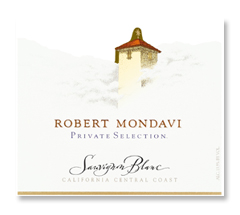 With Thanksgiving a couple of days away it’s time to think about what wines to serve with your holiday meal. This year, as much if not more than any other, many are faced with the need to make the holiday not only joyful but affordable as well. With that in mind I’ve picked out a trio of tasty selections that come in at a budget price. All three come from labels that were started by Robert Mondavi. Over the years in addition to his namesake Napa winery he started a number of other labels in all parts of the world with numerous focuses. Today I’ll look at three from California facilities that hit the spot taste wise and won’t break the budget either.
First up is the Robert Mondavi Private Selection 2008 Sauvignon Blanc. The fruit for this wine comes predominately from Monterey County (92%) with San Benito County (5%) and Paso Robles (3%) making up the rest. In addition to Sauvignon Blanc (94%), Riesling (3%) and Gewürztraminer (3%) are blended in. This selection was aged and fermented in stainless steel. The suggested retail price for this offering is $11.
With Thanksgiving a couple of days away it’s time to think about what wines to serve with your holiday meal. This year, as much if not more than any other, many are faced with the need to make the holiday not only joyful but affordable as well. With that in mind I’ve picked out a trio of tasty selections that come in at a budget price. All three come from labels that were started by Robert Mondavi. Over the years in addition to his namesake Napa winery he started a number of other labels in all parts of the world with numerous focuses. Today I’ll look at three from California facilities that hit the spot taste wise and won’t break the budget either.
First up is the Robert Mondavi Private Selection 2008 Sauvignon Blanc. The fruit for this wine comes predominately from Monterey County (92%) with San Benito County (5%) and Paso Robles (3%) making up the rest. In addition to Sauvignon Blanc (94%), Riesling (3%) and Gewürztraminer (3%) are blended in. This selection was aged and fermented in stainless steel. The suggested retail price for this offering is $11. Spain's
Spain's 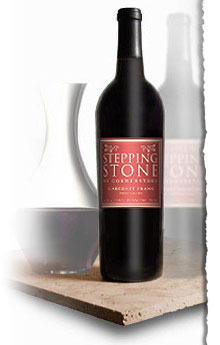 Earlier this year I had the opportunity to taste and write about what were then the current Cabernet Sauvignon releases for
Earlier this year I had the opportunity to taste and write about what were then the current Cabernet Sauvignon releases for  Wines from the Rioja region of Spain were the first from that county to hit my radar. Over the last few years wines from other Spanish regions are rightfully getting a lot of acclaim. That doesn’t mean we should forget about Rioja which still represents some of the great values of the world. Today I’ll look at a Crianza from
Wines from the Rioja region of Spain were the first from that county to hit my radar. Over the last few years wines from other Spanish regions are rightfully getting a lot of acclaim. That doesn’t mean we should forget about Rioja which still represents some of the great values of the world. Today I’ll look at a Crianza from  There’s no question in my mind that the Merlot grape can make some of the best wines in the world. On the other hand there are also some wines out there labeled Merlot that taste like anything but. Additionally, I’ve become pretty confident that the wines négociant
There’s no question in my mind that the Merlot grape can make some of the best wines in the world. On the other hand there are also some wines out there labeled Merlot that taste like anything but. Additionally, I’ve become pretty confident that the wines négociant 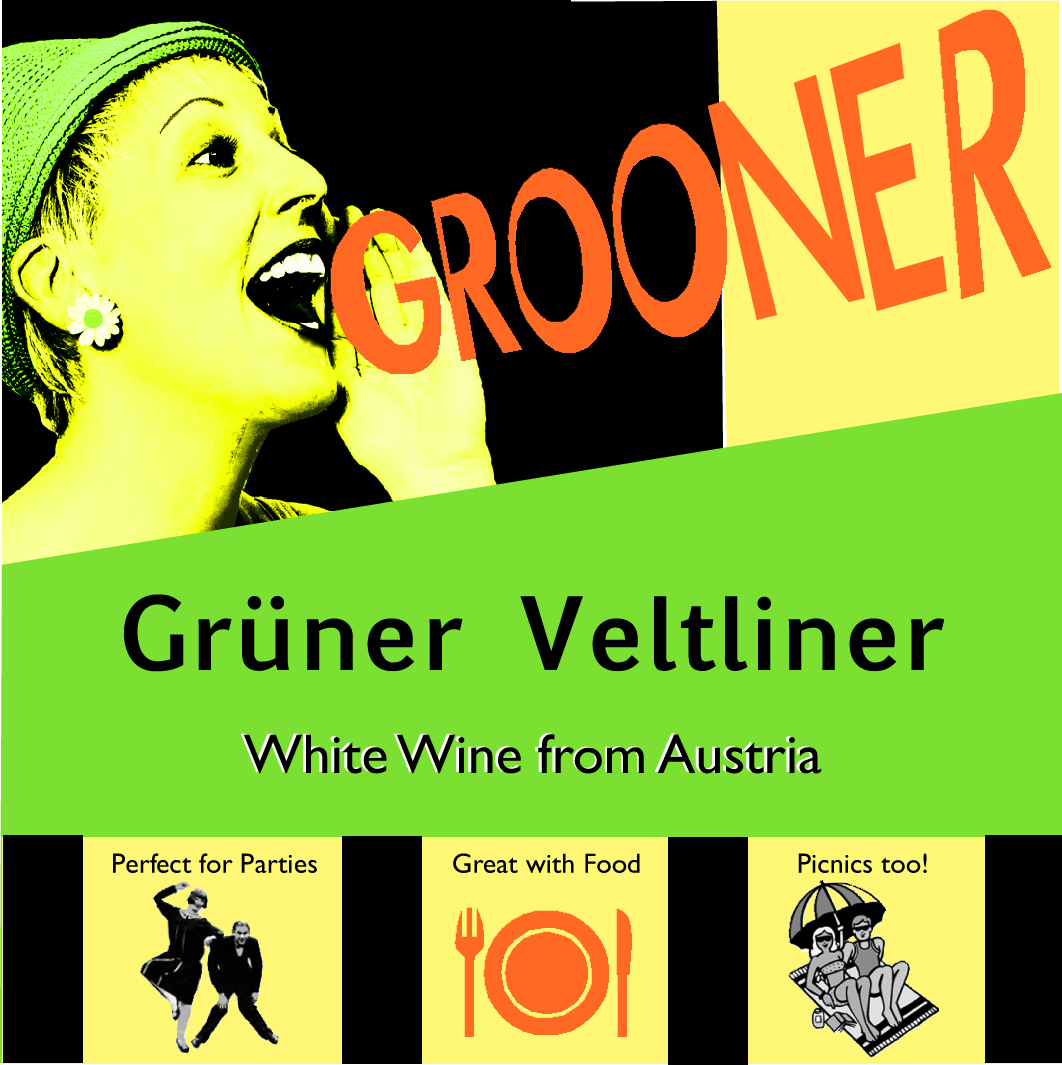 Are you drinking Grüner Veltliner? If not I highly recommend you start. For the last few years this benchmark Austrian varietal has made great inroads in the US marketplace. Examples of this wine vary from simple quaffable wines, to highly complex, age-worthy selections that beg contemplation, and everything in between. And while savvy wine lovers have been in the know on Grüner Veltliner for a while now word is also starting to reach those that like wine but don’t necessarily spend all their free time geeking out about it. That’s where
Are you drinking Grüner Veltliner? If not I highly recommend you start. For the last few years this benchmark Austrian varietal has made great inroads in the US marketplace. Examples of this wine vary from simple quaffable wines, to highly complex, age-worthy selections that beg contemplation, and everything in between. And while savvy wine lovers have been in the know on Grüner Veltliner for a while now word is also starting to reach those that like wine but don’t necessarily spend all their free time geeking out about it. That’s where 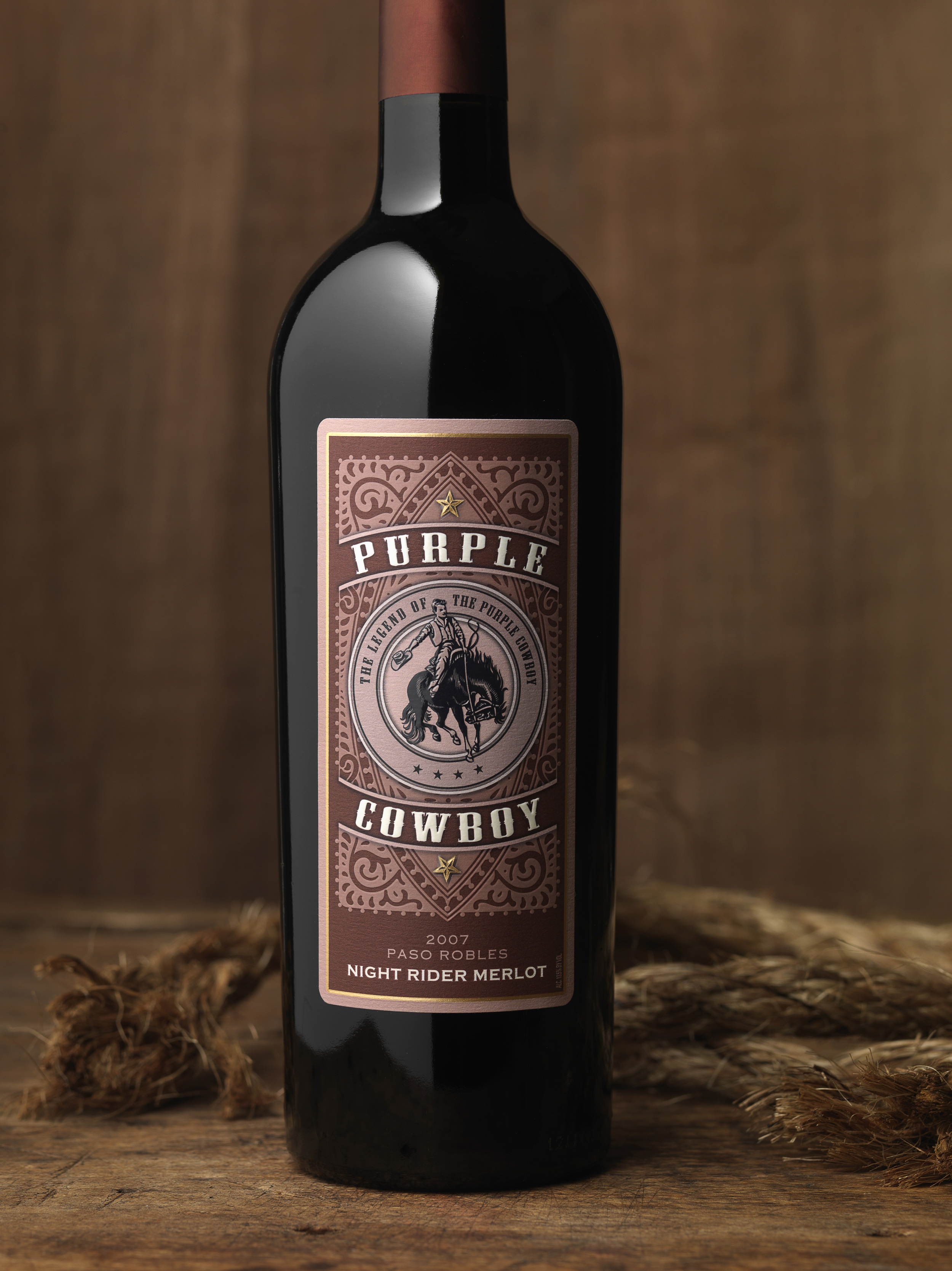 I find wine offerings in the everyday drinking range of interest. It’s easy (relatively speaking) to walk into a wine shop and spend a premium to get a slam dunk bottle of wine. Occasions and moods sometimes call for just that. But most of the time it’s interesting to experiment and see what’s out there that can be had for a song. The wines from
I find wine offerings in the everyday drinking range of interest. It’s easy (relatively speaking) to walk into a wine shop and spend a premium to get a slam dunk bottle of wine. Occasions and moods sometimes call for just that. But most of the time it’s interesting to experiment and see what’s out there that can be had for a song. The wines from  A few months back I took a look at several wines in the
A few months back I took a look at several wines in the